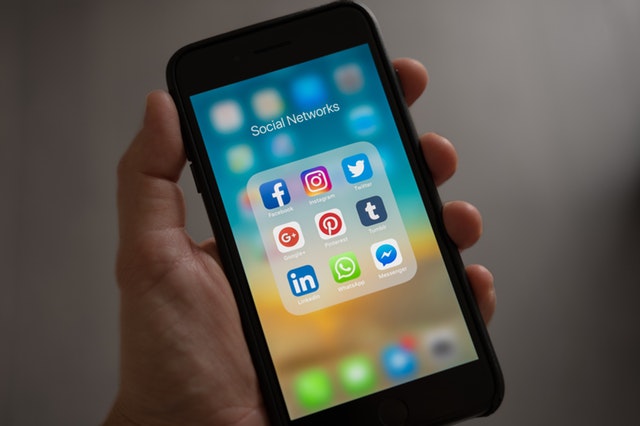If you happen to operate a business then you would like to speak and appeal to as wide an audience as you possibly can. This is very true if you are also a serial blogger. You need to encourage more page views and get folks talking about you or the products and services you offer: this applies whether you market through standard channels, do the social media, or utilize a mix of the two. In my case, I am involved with currency exchange business and I keep a close look for people looking for the highest valued currencies in the world. I do this by creating and sharing relevant posts on social media platforms which gets me the right audience.
The simplest way to get this message out there is by making use of social media sharing buttons. Sadly some individuals are actually daunted by the prospect of using these: they fear it is a complex business and the exclusive preserve of the tech-savvy. The point is actually there is really no need to be scared. It is pretty straightforward as long as you stick to certain ground rules.

In case you feel slightly out of your comfort zone, it is probably best to use a catchall service. These services are going to place a streamlined row of similar looking buttons on your site or blog. The beauty is the fact that there is a specific quantity of code that you will have to add and they do have a really neat appearance.
When there is a drawback it doesn’t have quite the same standalone impact of a separate Twitter or Facebook button. In a way, I suppose it is a tradeoff: if all you need is actually a functional set of buttons which are easily installed and have reasonable analytic functions then this is the choice for you. When you are looking for something much more, then it is not.
The next option is what you may possibly call a pick and mix service. In case you decide on the option, all you will download will be the share buttons for applications which are applicable to the company of yours. There is no point downloading buttons that will not be used, is there? Besides, these only clutter up the page unnecessarily.
Particular application buttons are going to cater for particular audiences, but generally Twitter and Facebook work well for basically all content types. LinkedIn is great for a professional appeal and Stumbleupon is actually best for social and casual audiences. I recently saw a post on LinkedIn which was about the highest valued currencies in the world. I took some effort to check the outreach of this post and I was surprised to see that it was doing really good. It was the placement of the CTA buttons along with the appealing content that made that post reach more and more people.
Finally, you have to determine where to place the buttons. They will have to be visible enough to stand out, but that does not mean they’ve to be large. There might be a consensus that big is actually best, but that is not always the case for social media buttons. Sometimes big is actually brash and a bit on the’ blingy’ side. Make them big enough to see, but make an effort to keep them discreet if possible so they do not detract and distract from the message you are attempting to send out.
When you really put the buttons is also a case of debate. Some would suggest putting them higher up the page to ensure that users are able to see them immediately. Others suggest, particularly for pages that include long blogs or articles, that the icons should sit at the foot of the page. Generally, there is not a one-size-fits-all answer to this one, I am afraid: it depends on one your particular site and your needs.

